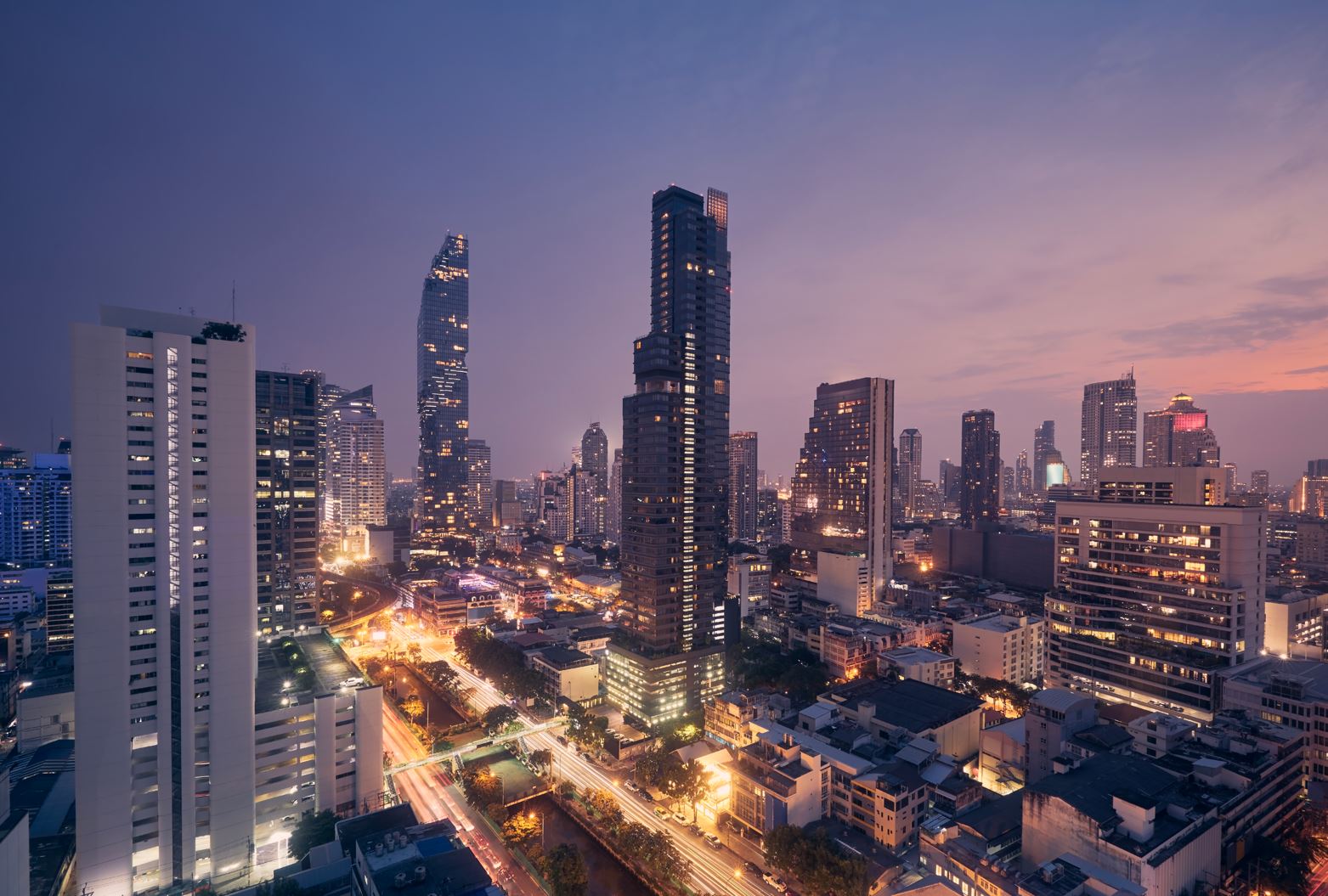Street photography is a captivating form of art that captures the essence of urban life, revealing the soul of cities and the stories that unfold within their landscapes. It involves capturing candid moments of people, architecture, and everyday life in public spaces. It goes beyond just capturing pretty scenes; it aims to convey emotions, human connections, and the hidden narratives that often go unnoticed in the hustle and bustle of city life.
Here are some key elements that contribute to uncovering stories in urban landscapes through street photography:
1. Observational Skills: Street photographers must be keen observers, always alert and attentive to their surroundings. They anticipate moments before they happen, positioning themselves in the right place at the right time to capture genuine and compelling scenes.
2. Empathy and Connection: Successful street photographers understand that their subjects are real people with emotions and stories. Building a connection, even if momentary, can help elicit natural and candid expressions that convey deeper emotions.
3. Light and Composition: Utilizing light and composition effectively is crucial in street photography. The interplay of shadows, lines, and shapes can enhance the mood and visual impact of the photograph, helping to tell a more powerful story.
4. Decisive Moments: Street photography often hinges on capturing the decisive moment, a concept popularized by Henri Cartier-Bresson. It involves capturing a fleeting moment that holds significance, revealing the essence of a situation or emotion.
5. Cultural Context: Each city has its unique culture and atmosphere. Understanding the social and cultural context of the location can add depth to the photographs, providing viewers with a broader perspective on the captured scenes.
6. Layering and Complexity: Urban landscapes are often rich with layers of activity and complexity. A skilled street photographer can juxtapose different elements within a frame, creating storytelling layers that encourage viewers to explore the image more deeply.
7. Street Portraits and Environmental Portraits: Incorporating portraits of people in their natural urban environment can be a powerful way to convey their stories and capture the human experience in a city.
8. Patience and Persistence: Street photography requires patience and persistence. Not every shot will be a masterpiece, but perseverance can lead to unique moments and exceptional stories.
9. Ethical Considerations: Street photographers should be mindful of the ethical aspects of their work. Respecting people’s privacy and seeking consent when necessary are crucial to maintain the integrity of the stories captured.
10. Post-Processing: Editing is a part of the creative process in street photography. Minimal adjustments can be made to enhance the visual impact, but it’s essential to maintain the authenticity of the captured moments.
Street photography provides a window into the human experience in urban environments, uncovering the stories that weave through the bustling streets, the ordinary moments, and the extraordinary interactions that make up the soul of a city. It is a form of art that allows both the photographer and the viewer to explore the world through a different lens, connecting with the essence of life in urban landscapes.
Street photography is a fascinating and dynamic genre that allows photographers to capture the essence of everyday life in urban environments. Here are some creative street photography tips to help you improve your skills and take captivating images:
1. Get to know your camera inside out.
2. Shoot in manual mode to have full control over your settings.
3. Choose a prime lens for better image quality and versatility.
4. Familiarize yourself with the rules of composition, then don’t be afraid to break them.
5. Look for unique perspectives and angles.
6. Experiment with different focal lengths to vary your shots.
7. Be patient and wait for the right moment to capture a compelling image.
8. Pay attention to light and shadows; they can make or break a shot.
9. Shoot during the golden hour for soft, warm light.
10. Embrace bad weather; it can add drama and mood to your photos.
11. Include reflections in your compositions for added interest.
12. Practice shooting from the hip to capture candid moments discreetly.
13. Find interesting backgrounds to complement your subjects.
14. Try using leading lines to guide the viewer’s eye through the photo.
15. Play with negative space to create a minimalist effect.
16. Frame your subjects creatively using elements in the environment.
17. Experiment with different shutter speeds to capture movement or freeze action.
18. Use a fast burst mode to capture a series of images in rapid succession.
19. Capture emotions and candid expressions in your subjects.
20. Get close to your subjects to capture intimate moments.
21. Shoot from a distance to create a sense of anonymity.
22. Incorporate street art and graffiti into your compositions.
23. Focus on details and capture small scenes within the larger environment.
24. Look for juxtapositions and contrasting elements in your frame.
25. Pay attention to patterns and repetition in the urban landscape.
26. Document the diversity and multicultural aspects of the city.
27. Don’t be afraid to shoot in black and white for a timeless feel.
28. Use color to create visual impact and draw attention to specific subjects.
29. Include vehicles and public transportation in your photos to add movement.
30. Use shadows creatively to add depth and intrigue to your images.
31. Photograph street performers and capture their interaction with the crowd.
32. Take candid shots of people reading, talking on the phone, or lost in thought.
33. Document local events, festivals, and parades for vibrant street scenes.
34. Shoot from different elevations (e.g., crouch down or shoot from a higher vantage point).
35. Capture interesting silhouettes against bright backgrounds.
36. Photograph people through windows or doorways for a voyeuristic effect.
37. Be respectful and ask for permission if you plan to photograph someone up close.
38. Shoot during rush hour for dynamic and bustling street scenes.
39. Explore different neighborhoods and capture their unique character.
40. Photograph street signs and landmarks to create a sense of place.
41. Use a wide aperture to blur the background and make your subject stand out.
42. Shoot in burst mode during street performances to capture the perfect moment.
43. Capture the interaction between people and their pets on the street.
44. Focus on the hands of street vendors and artisans at work.
45. Seek out interesting characters and engage them in conversation before photographing them.
46. Look for interesting architectural elements and incorporate them into your compositions.
47. Shoot from a moving vehicle to capture fleeting moments in traffic.
48. Experiment with slow shutter speeds to create motion blur and capture light trails.
49. Photograph street food vendors and capture the essence of local cuisine.
50. Practice good posture and be discreet when taking candid shots.
51. Use props and objects found on the street to add an element of surprise.
52. Explore different weather conditions for unique photo opportunities.
53. Shoot in both portrait and landscape orientations to diversify your portfolio.
54. Capture the energy and chaos of busy intersections.
55. Play with reflections in puddles to add a surreal touch to your images.
56. Look for street art that interacts with the surrounding environment.
57. Photograph street signs with interesting typography or messages.
58. Seek out symmetrical scenes for a balanced and harmonious composition.
59. Explore the nightlife to capture vibrant and colorful scenes.
60. Photograph street fashion and unique styles of individuals.
61. Look for moments of solitude amidst the urban hustle and bustle.
62. Capture shadows and light patterns on stairs and escalators.
63. Create diptychs and triptychs to tell a visual story with multiple images.
64. Look for interesting architectural frames to surround your subjects.
65. Experiment with long-exposure photography to capture the flow of people.
66. Photograph street art murals and their interaction with passersby.
67. Capture spontaneous gestures and interactions between strangers.
68. Shoot in burst mode when capturing street performers’ movements.
69. Document the daily routines and rituals of people in the city.
70. Photograph street protests and demonstrations to capture the mood of the moment.
71. Shoot from the top of a bus or high point for a unique perspective.
72. Capture street vendors preparing their goods for sale.
73. Focus on the expressions and body language of people waiting at bus stops.
74. Use shadows and light to create abstract street photography.
75. Look for geometric patterns and symmetry in urban architecture.
76. Shoot from behind to capture intriguing silhouettes of people walking away.
77. Capture candid shots of people engrossed in their smartphones.
78. Photograph street musicians and their interaction with the audience.
79. Use long shadows during sunset or sunrise to create dramatic scenes.
80. Document street art that conveys social or political messages.
81. Seek out reflections on car windows and shiny surfaces.
82. Photograph street vendors’ colorful displays and products.
83. Look for urban scenes that evoke a sense of nostalgia.
84. Capture street scenes from different cultures and neighborhoods.
85. Shoot in burst mode when photographing street sports or games.
86. Find interesting patterns in pedestrian crossings and zebra stripes.
87. Experiment with double exposures for creative and surreal results.
88. Capture the energy and excitement of street parades and carnivals.
89. Shoot through doorways and archways for a unique framing effect.
90. Use the city’s natural lines and curves to guide the viewer’s eye.
91. Photograph street graffiti artists in action.
92. Look for street scenes with vibrant colors and contrasting elements.
93. Capture the motion of cyclists and skateboarders on busy streets.
94. Photograph street-side vendors selling fresh produce and flowers.
95. Seek out interesting staircases and capture people ascending or descending.
96. Shoot from inside public transportation to capture candid moments.
97. Use a wide-angle lens to capture expansive street scenes.
98. Photograph street art that interacts with passersby.
99. Look for interesting shadows cast by streetlights and buildings.
100. Practice regularly, be patient, and enjoy the process of capturing unique moments in the streets.
Street photography is an art that requires practice, observation, and creativity. Be respectful of people’s privacy, follow local laws and regulations, and always seek to tell compelling stories through your images.



